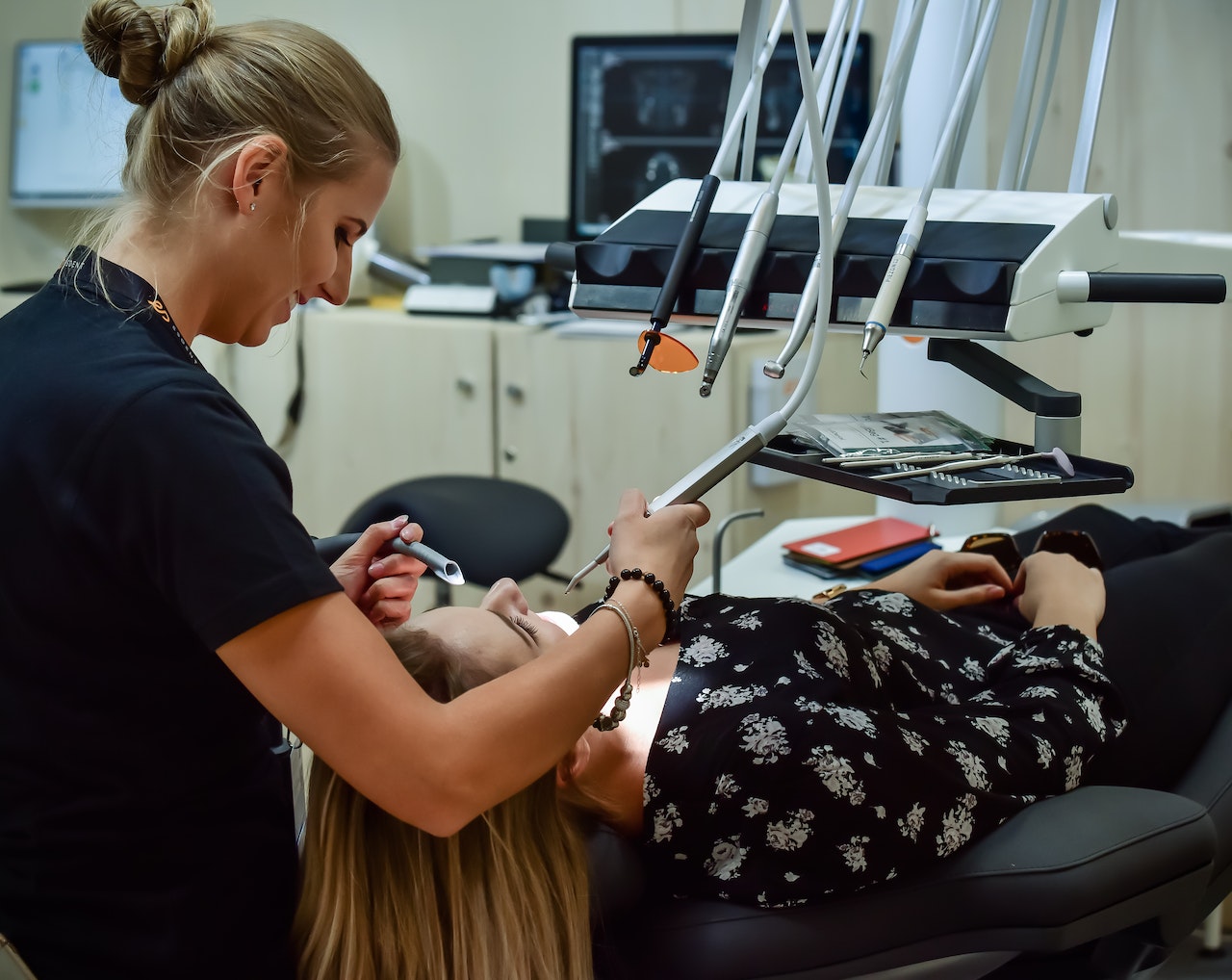The number of adults in the United States with obesity continues to climb according to a new report, State of Obesity 2023: Better Policies for a Healthier America, released today. The report, the 20th annual edition produced by Trust for America’s Health (TFAH), examines the root causes of the nation’s rising obesity rates, and makes policy recommendations to address them.
According to TFAH’s analysis of the latest data from the Centers for Disease Control and Prevention’s (CDC) Behavioral Risk Factor Surveillance System, in 2022, 22 states had an adult obesity rate at or above 35 percent, up from 19 states the prior year. A decade ago, no state had an adult obesity rate at or above the 35 percent level.
West Virginia (41%), Louisiana (40.1%), Oklahoma (40.0%), and Mississippi (39.5%) have the highest rates of adult obesity. The District of Columbia (24.3%), Colorado (25.0%), and Hawaii (25.9%) have the lowest adult obesity rates.
Over the past two decades obesity rates have climbed for all population groups with certain populations of color experiencing the highest rates, often due to structural barriers to healthy eating and a lack of opportunities and places to be physically active.
Data summarized in the report from the 2017 – 2020 National Health and Nutrition Examination Survey (NHANES) tracks obesity trends nationally and within populations groups. Nationally, 41.9 percent of adults have obesity. Black and Latino adults and people living in rural communities tend to have the highest rates of obesity.
Since TFAH’s initial report, published in 2004, the national adult obesity rate has increased by 37 percent and the national youth obesity rate increased by 42 percent. The widespread increases show that obesity is a society-wide, population-level issue, i.e., one rooted in societal and environmental factors that are often beyond individual choice. TFAH concludes that solving the nation’s obesity crisis will require addressing the economic and structural factors that impact where people live and their access to employment, transportation, healthcare, affordable and healthy food, and places to be physically active.
Over the past 20 years, important strides have been made in understanding that obesity is a disease and how to prevent it, including the role that social determinants of health and health inequities play in driving obesity rates. Furthermore, many obesity-related policies and programs that have been implemented, such as increased access to and benefits within nutrition support programs, have a proven record of success but need increased investment to reach more people and communities.
“It’s critical to recognize that obesity is a multifactored disease involving much more than individual behavior,” says J. Nadine Gracia, M.D., MSCE, President and CEO of Trust for America’s Health. “In order to stem the decades long trend of increasing obesity rates we have to acknowledge that the obesity crisis is rooted in economic, health, and environmental inequities. Ensuring all people and communities have equitable opportunity and access to healthy food and physical activity is fundamental to addressing this crisis.”
Addressing obesity is critical because it is associated with a range of diseases, including type 2 diabetes, heart disease, stroke, arthritis, sleep apnea, and some cancers. Obesity is estimated to increase U.S. healthcare spending by $170 billion annually (including billions by Medicare and Medicaid).




